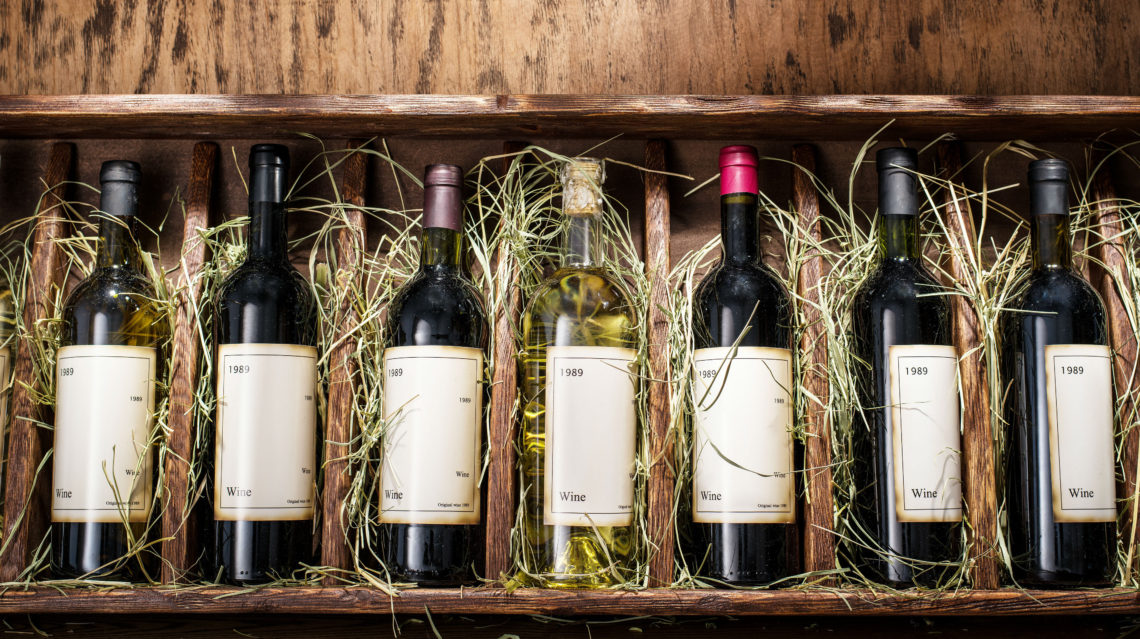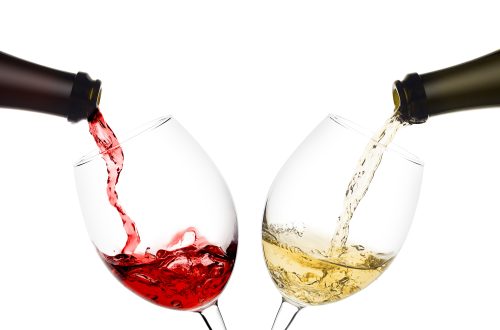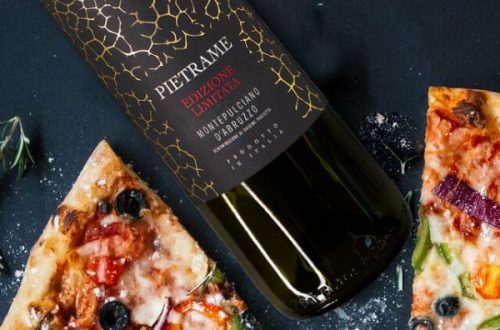
What Makes For a Great Vintage?
Those who are just beginning to discover the pleasures of wine will hear others discussing the vintage of their favorite choices. At first glance, this may seem to be nothing more than a way to refer to the year that the wine was produced. In fact, there’s much more to creating a vintage wine than the calender. Here are some of the factors that must be present in order for the wine to truly be a great vintage.
Created From the Fruits of a Single Crop
A vintage wine is created by using the fruit of the vine produced in a single season. That means if the vintage happens to be 1990, all of the fruit used for the wine was grown, harvested, and processed in a single season during that year.
This is in contrast to wines that do not carry some type of vintage. Those are typically made using fruit from two or more years. While the results may be quite good, a wine that is not designated as a vintage product is usually considered inferior.
The Weather Conditions
Another factor that weighs heavily on the quality of the vintage is the weather conditions that existed while the fruit was cultivated. Even in areas of the world where the climate is generally ideal for vineyards, there may be a year when the weather was a little too cold, a little too warm, or in some other way less than perfect. When that’s the case, the wine produced from the fruit is likely to be less desirable in terms of taste, bouquet, and appearance.
When checking vintages, it pays to note if wines from certain years and produced in specific regions seem to be highly regarded. There’s a good chance the weather during those years had a lot to do with the quality. For example, 1985 was considered a great year for different vintages of Italian wines. In France, 1985 and 1986 vintages are praised by many critics. 1982 and 1985 are considered excellent years for Spanish wines.
The Method
How the vineyard owner chooses to process the fruit and create the wine also impacts the quality of the final product. The best vineyards employ methods that make the most of the soil, the age of the vines, the climate, and several other factors. Over time, the strategies are perfected so the wine is aged perfectly. While it does mean paying extra attention to the details, the results will speak for themselves.
All it really takes to determine if a production method is effective is to taste the wine. 90 point wines will be smooth, have a taste that lingers on the tongue, possesses clarity, and have an aroma that entices the individual to enjoy another sip. Wines produced from inferior vines, or in haste, or by cutting corners will not be as pleasant to the taste. The result is a product that may be acceptable to those who don’t expect that much from wine anyway, but it will not much appeal to those who appreciate a truly great vintage.
Remember that it’s possible to purchase excellent vintage wines without having to leave home. Many consumers find that they enjoy the ability to purchase alcohol online at their leisure and arrange for their wines to be delivered right to their doors. Take the time to read reviews of any vintage that catches the eye, find out what others have to say, and then give it a try. You may find that the vintage quickly becomes one of your favorites.




